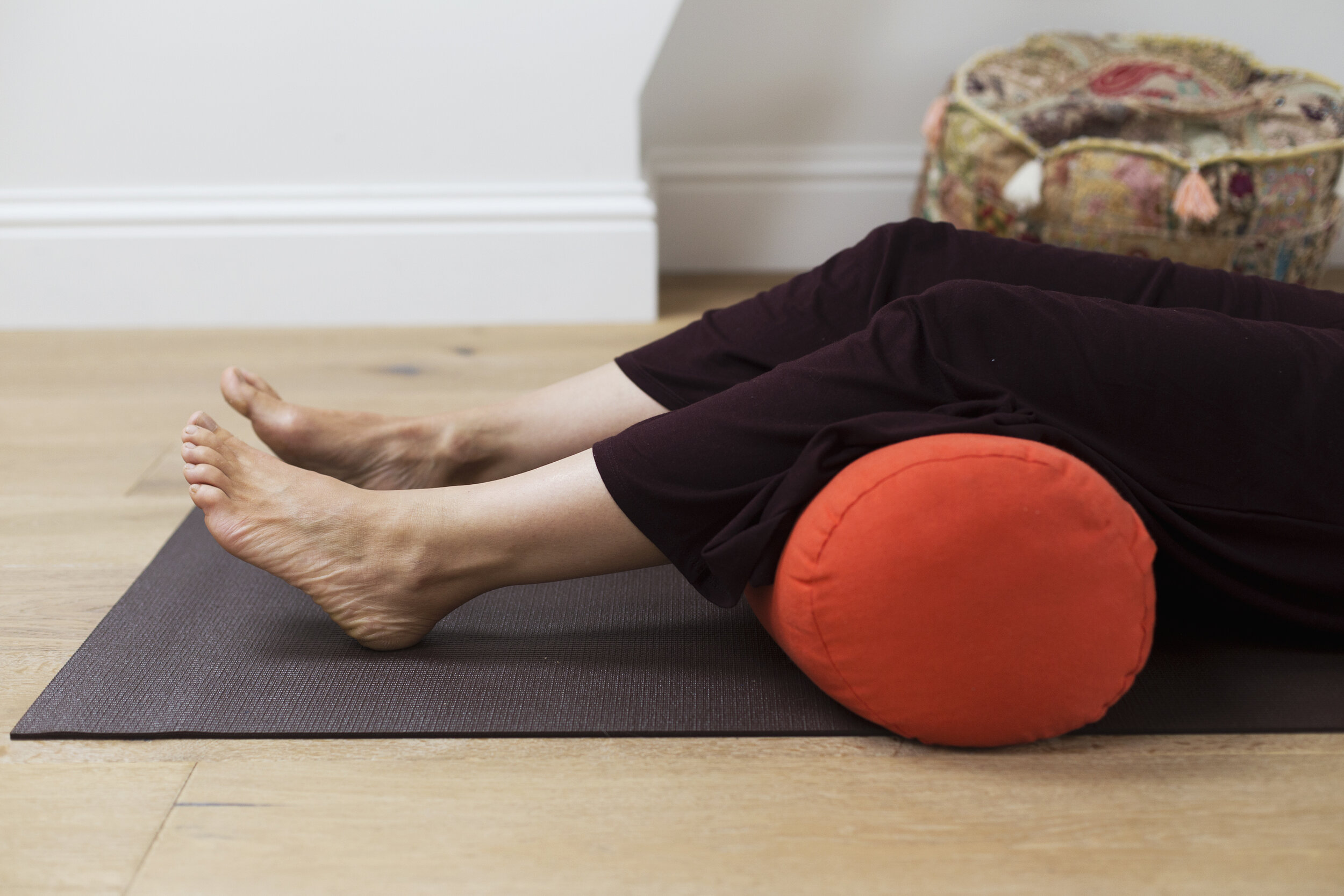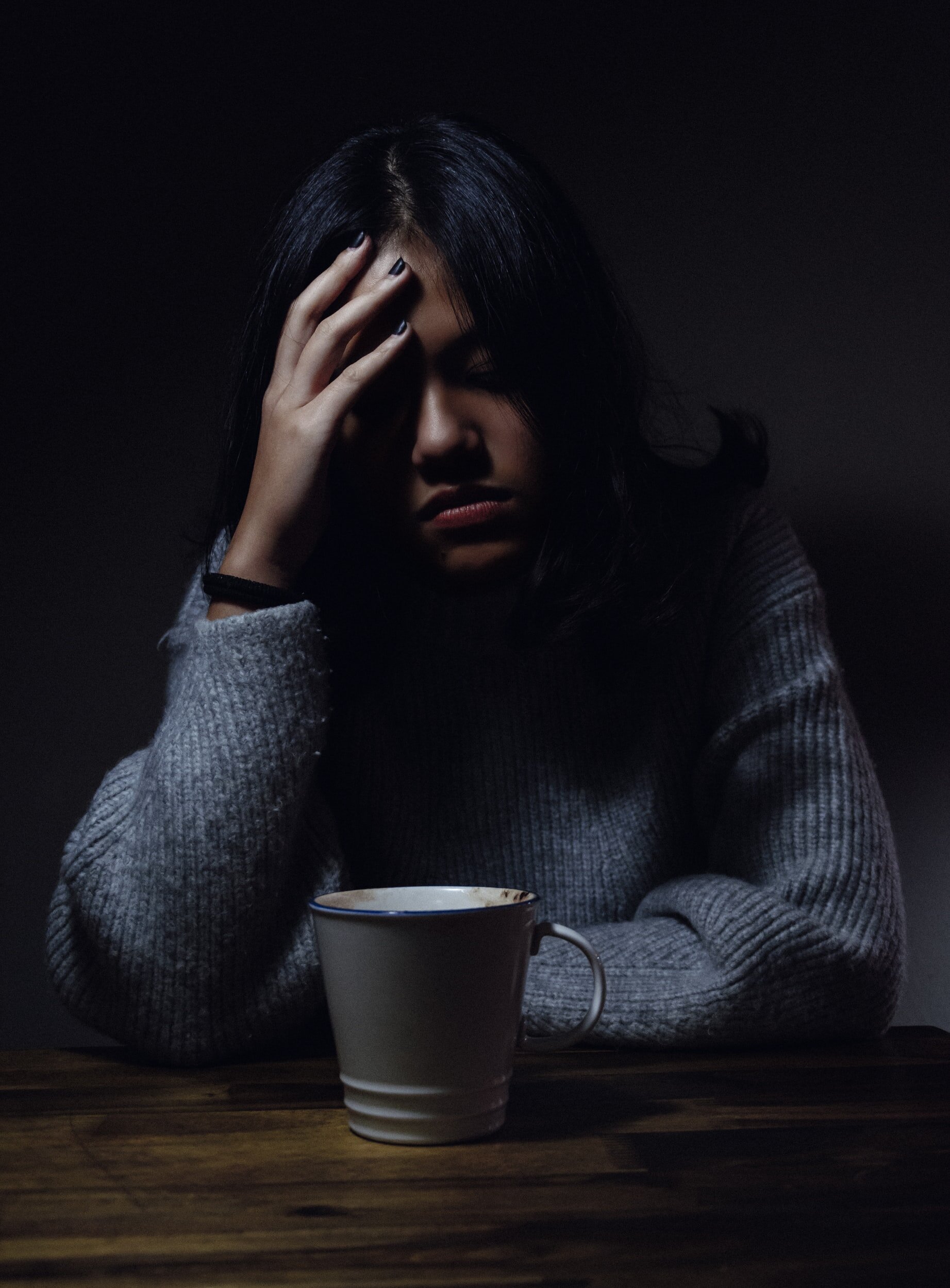Why we need to slow down.
And why slowing down is crucial for our wellbeing.
Our fast-paced lifestyle.
As many of us start to head off on summer holidays, or for some of us its isolation for 10 days due to Covid, it felt timely to write about how important it is for us to make time to slow down.
Why is it that so many of us don’t slow down until we are forced to due to sickness, lockdown or isolation?! Often by the time we reach our holidays our nervous systems are so heightened, that as soon as we slow down we get sick! How many of you have spent your holidays feeling below par? This is because things can get extra busy just before the holidays, as we push to finish tasks and wrap up for the break.
To help our bodies deal with the extra stress the hormone called adrenaline is released via the adrenal glands, providing us with the energy we need. But so is the hormone cortisol. And too much cortisol in the body starts to hamper our immune system. When the holiday begins and we start to relax our adrenalin level drops but cortisol can remain in the body for some time, making us more prone to illness.
How stress affects us.
There are often telltale signs that our nervous system is in overdrive. These can include:
headaches
fatigue
irritability
lack of coordination
impaired mental ability, or being unable to think straight
and brain fog/memory loss.
This in turn impedes how we function, can impact our emotional health, and how we relate towards others.
If we can find the time to slow down, before its too late, our bodies and minds will thank us for it.
Why slowing down is good for us.
In our fast paced world, it is becoming even more important to find time to slow down, for our emotional, mental and physical health. When we slow down we can think more clearly and rationally. We feel more calm and relaxed in ourselves, and are more able to respond to situations from a place of steadiness and control, as it gives us the space to evaluate a situation before responding to it, so we choose the appropriate response.
Slowing down also helps us to develop our self awareness. When we are rushing from one thing to the next and pushing ourselves to get things done, it leaves little time for listening to ourselves, and for evaluating our lives, our thoughts, or behaviours. Slowing down gives us space to check in and notice the thoughts and feelings that are with us each day. By paying attention to these we can start to make better informed decisions about what we like and dislike, and how we choose to live our lives.
And let’s not forget everything we miss out on when we rush through life!
When you are feeling there isn’t the time to stop, or to rest and take some time for yourself, this is when you need it the most. Finding a sense of calm and control is vital for our wellbeing. When we feel we are losing control over our lives and our health we become vulnerable to all manner of mental and physical ills, including increased risk of heart disease and immune system disorders. We can’t always control what is happening to us. But we can develop coping skills to help us.
Here are simple things we can choose to do to add some slow time into each day.
Walk, rather than drive. There is always so much to see on a walk. And walking can be where you do some of your best thinking. Walking to work can set you up for your day, and help you to wind down at the end of the day.
Take time to cook a nice meal. Source your ingredients, enjoy the process of cooking your meal and eat slowly. Enjoy the full experience.
Put boundaries over your smart phone use. It could simply be turning off notifications, switching off an hour earlier each day or unplugging at the weekend.
Try a simple meditation observing the breath. It doesn’t have to be complicated. Just 5 minutes noticing your breath can be beneficial. Every time your mind wanders just bring your attention back to observing the breath.
Also taking a few deep breaths when feeling stressed or overwhelmed can help you find a pause in your busy day.
Start your day slower. If we rush at the start of the day this can set the tone for the rest of the day. Try setting your alarm 15 minutes earlier and take your morning coffee in the garden, or include something else as part of your morning routine that you enjoy and makes you feel good. This is my magic time. Some quiet time for myself before the rest of the house wakes up!
Take the time to mindfully notice and savour small moments throughout your day. This is a great tool for helping us learn how to slow down.
Yoga! Your yoga practice will help you to develop a slower mindset. The practice of unhurried, controlled movement requires patience and attention. It also has a relaxed, meditative quality. Paying attention to our immediate experience takes us inward and turns down the mental chatter. It teaches us to listen to our body and its cues. It is when we don’t pay attention to when our body is telling us it is tired, or stressed, that a stronger message is sent which can show up as injury or illness.
I am an advocate for slow yoga.
We need to choose a yoga practice that isn’t just about doing, or achieving the postures. And is slow enough to go beyond the mechanics of the postures and experience what a yoga practice can really offer. When we slow our yoga practice down, we notice more. We notice how we are feeling, how moving makes us feel, how our thoughts and feelings are affecting how we are moving. This can be different each day, each week, each month, each year.
When we go beyond the form we can begin to use the forms as spaces for experiencing our essential nature. Bringing us back to our breath, sensation and the experience of being in the body. When we spend time paying attention to our bodies, we touch something deeper, the mind becomes softer, quieter, and we can discover a sense of stillness and spaciousness. “The purpose of yoga is to reconnect practice with the vastness and spaciousness of the mind”. Donna Farhi, ‘Yoga, Mind, Body and Spirit’.
Slow doesn’t always mean easy. Slowing my yoga practice down, and spending longer exploring each posture is incredibly challenging on the body. You are asking more of the body as you deepen into a posture or hold a posture for longer. It also gives time to make sure we are moving into postures safely and sustainably.
Slow wins the race!
Carl Honore’s book, ‘In praise of slow’ touches on Yoga and Chi Kung as two meditative movement practices that help us to slow down. He also mentions a weight lifting movement called SuperSlow founded by Ken Hutchins in America in the 1980s. SuperSlow works by slowing down the time taken to lift and lower a weight to 20 seconds. The slowness eliminates momentum, forcing muscles to work to complete exhaustion, which in turn encourages them to rebuild more quickly. Studies concluded that SuperSlow boosted strength by 50% more than conventional weight lifting, also supports bone strength and density, and boosts the body’s metabolism. So going slow often wins the race!
The long term activation of the stress response can be incredibly damaging and disruptive for our body’s processes and can increase the risk of many health problems
Restorative Yoga is another relaxing and restorative Yoga practice which I will often include as part of my daily practice. Often choosing restorative postures before bedtime, or when I simply need to rest. It uses various supported postures to help our bodies to unwind, stimulating relaxation and helping our nervous systems to relax. This helps to release the destructive forces caused by stress; slowing heart rate, lowering blood pressure, relaxing our minds, releasing muscle tension, and stimulating ‘rest and digest’.
Our bodies are hard-wired to respond to stress and to protect us from dangerous situations. When the body thinks we are in danger the brain activates the adrenal glans, which trigger the stress response (‘fight and flight’ response) and the hormone adrenalin is released into the system as well as cortisol. This increases our heart rate and blood pressure, and increases sugars (glucose) in the system. And other systems that aren’t a priority shut down including; digestive, repair, reproductive and waste (liver, lungs and kidneys).
When we are living in a constant stressed out state our body thinks we are under constant attack and we remain in constant ‘fight or flight’. The long term activation of the stress response can be incredibly damaging and disruptive for our body’s processes and can increase the risk of many health problems including; anxiety, depression, digestive problems, headaches, muscle tension and pain, heart disease, high blood pressure, sleep problems, weight gain and cognitive disruption (memory loss or brain fog). So it is important to find ways to stimulate our rest and digest response, which prioritises blood flow back to our vital organs, helping us to both relax and to heal.
Remember, it’s not the single thing you do, but the single thing you do each day. So what will it be today? The walk in nature? Some slow or restorative yoga? Or perhaps just some time enjoying your garden? Whatever you choose, I hope you have a wonderfully relaxing, enjoyable time!





